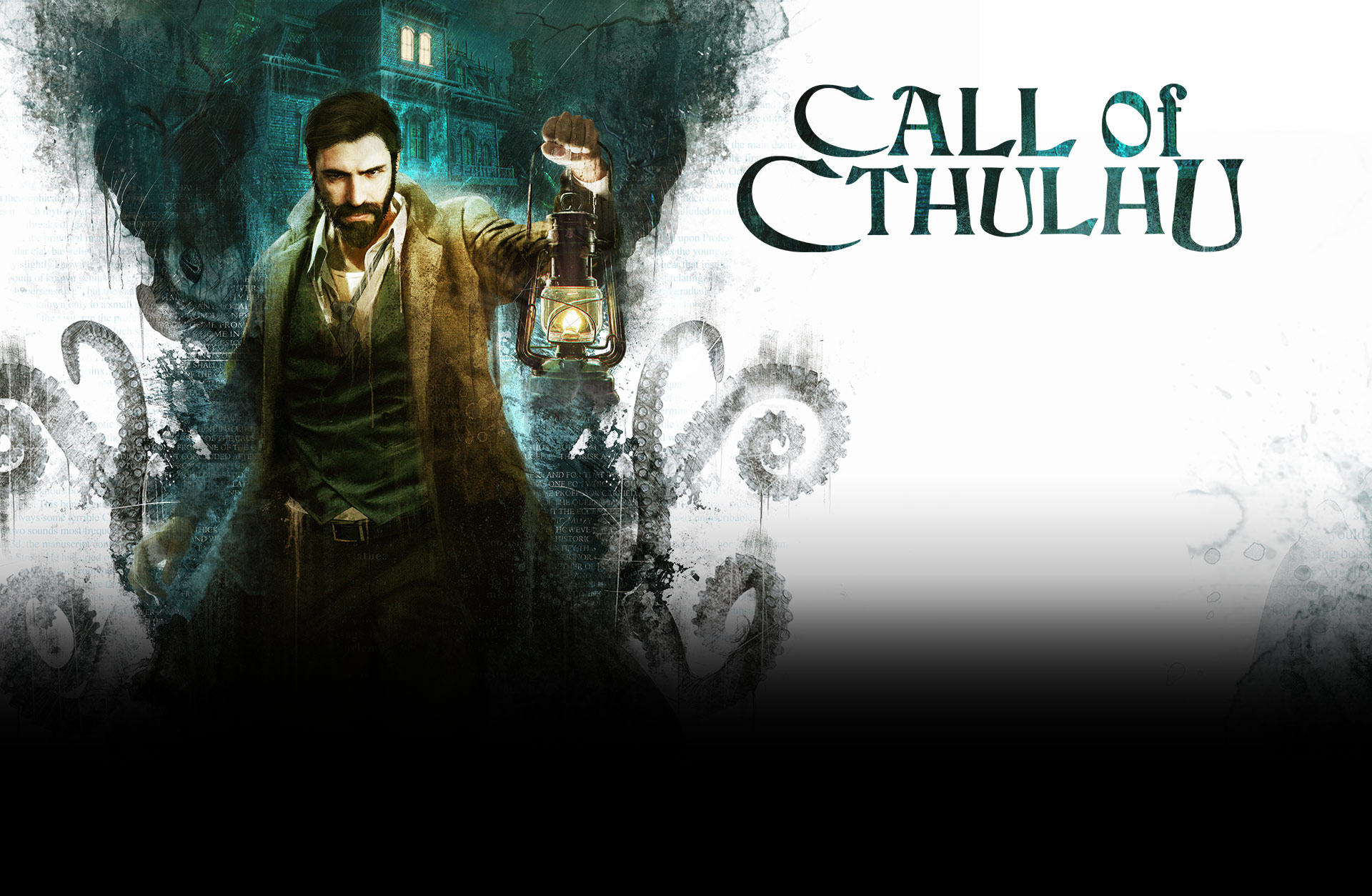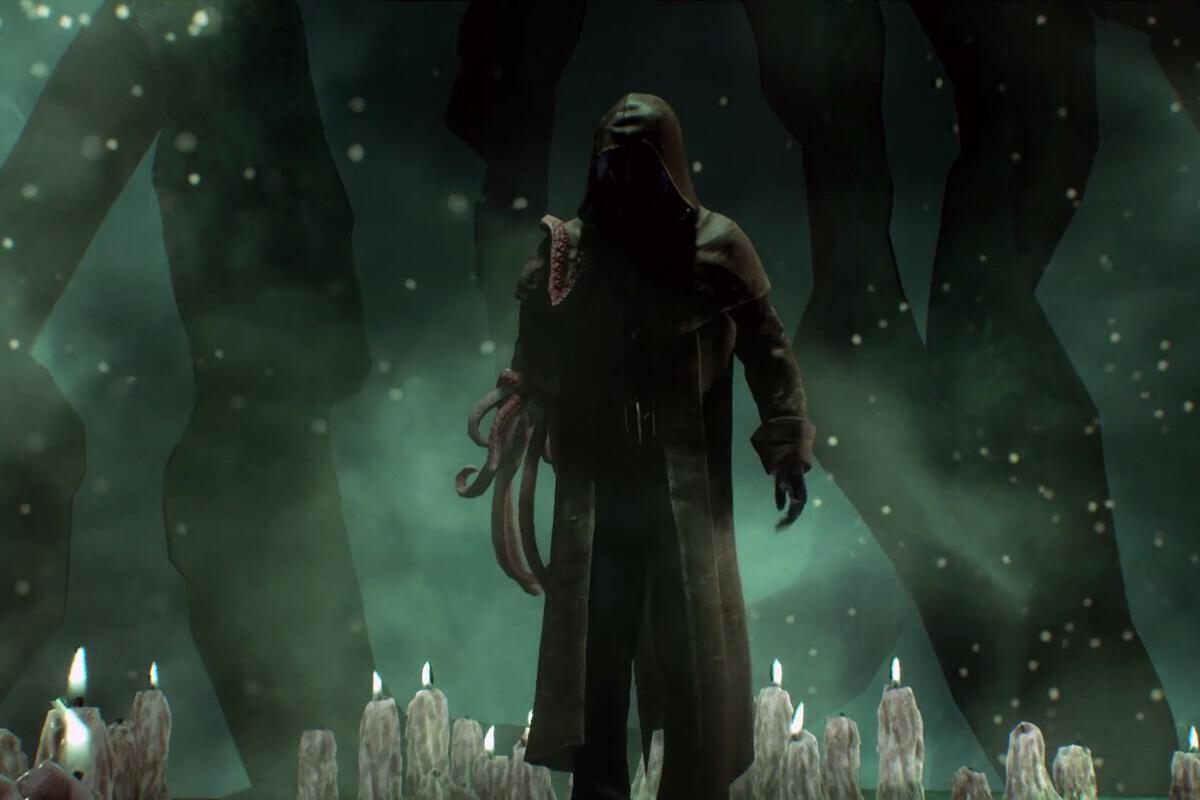
Whitehead, and Fritz Leiber-a group referred to as the "Lovecraft Circle." įor example, Robert E. Howard, Robert Bloch, Frank Belknap Long, Henry Kuttner, Henry S. Īlthough the Mythos was not formalized or acknowledged between them, Lovecraft did correspond and share story elements with other contemporary writers including Clark Ashton Smith, Robert E. : 9 Writer Will Murray noted that while Lovecraft often used his fictional pantheon in the stories he ghostwrote for other authors, he reserved Arkham and its environs exclusively for those tales he wrote under his own name. Price said Lovecraft's writings could at least be divided into categories and identified three distinct themes: the "Dunsanian" (written in a similar style as Lord Dunsany), " Arkham" (occurring in Lovecraft's fictionalized New England setting), and "Cthulhu" (the cosmic tales) cycles. The essence of the mythos lies not in a pantheon of imaginary deities nor in a cobwebby collection of forgotten tomes, but rather in a certain convincing cosmic attitude. There was never a rigid system that might be posthumously appropriated.…. Lovecraft's imaginary cosmogony was never a static system but rather a sort of aesthetic construct that remained ever adaptable to its creator's developing personality and altering interests…. The view that there was no rigid structure is expounded upon by S. At times, Lovecraft even had to remind his readers that his Mythos creations were entirely fictional. Mosig coincidentally suggested the term Yog-Sothoth Cycle of Myth be substituted for Cthulhu Mythos). : 46, 54 Lovecraft himself humorously referred to his Mythos as "Yog Sothothery" (Dirk W.

Schultz said Lovecraft never meant to create a canonical Mythos but rather intended his imaginary pantheon to serve merely as a background element. Schreffler argues that by carefully scrutinizing Lovecraft's writings, a workable framework emerges that outlines the entire "pantheon"-from the unreachable "Outer Ones" (e.g., Azathoth, who occupies the centre of the universe) and "Great Old Ones" (e.g., Cthulhu, imprisoned on Earth in the sunken city of R'lyeh) to the lesser castes (the lowly slave shoggoths and the Mi-Go).

There have been attempts at categorizing this fictional group of beings. Human beings, with their limited faculties, can never fully understand this universe, and the cognitive dissonance caused by this revelation leads to insanity, in his view. Mosig noted that Lovecraft was a "mechanistic materialist" who embraced the philosophy of cosmic indifferentism and believed in a purposeless, mechanical, and uncaring universe. He emphasized the point by stating in the opening sentence of the story that "The most merciful thing in the world, I think, is the inability of the human mind to correlate all its contents." Lovecraft broke with other pulp writers of the time by having his main characters' minds deteriorate when afforded a glimpse of what exists outside their perceived reality. : viii While these monstrous deities were present in almost all of Lovecraft's published work (his second short story " Dagon", published in 1919, is considered the start of the Mythos), the first story to really expand the pantheon of Great Old Ones and its themes is " The Call of Cthulhu", which was published in 1928. Lovecraft made frequent references to the " Great Old Ones", a loose pantheon of ancient, powerful deities from space who once ruled the Earth and have since fallen into a deathlike sleep. : 8 : 5 First stage Īn ongoing theme in Lovecraft's work is the complete irrelevance of mankind in the face of the cosmic horrors that apparently exist in the universe.

The second stage was guided by August Derleth who, in addition to publishing Lovecraft's stories after his death, attempted to categorize and expand the Mythos.

This stage was formulated during Lovecraft's lifetime and was subject to his guidance. Price called the first stage the "Cthulhu Mythos proper". Price described two stages in the development of the Cthulhu Mythos. Lovecraft and the Cthulhu Mythos", Robert M. Lovecraft, the creator of the Cthulhu Mythos


 0 kommentar(er)
0 kommentar(er)
